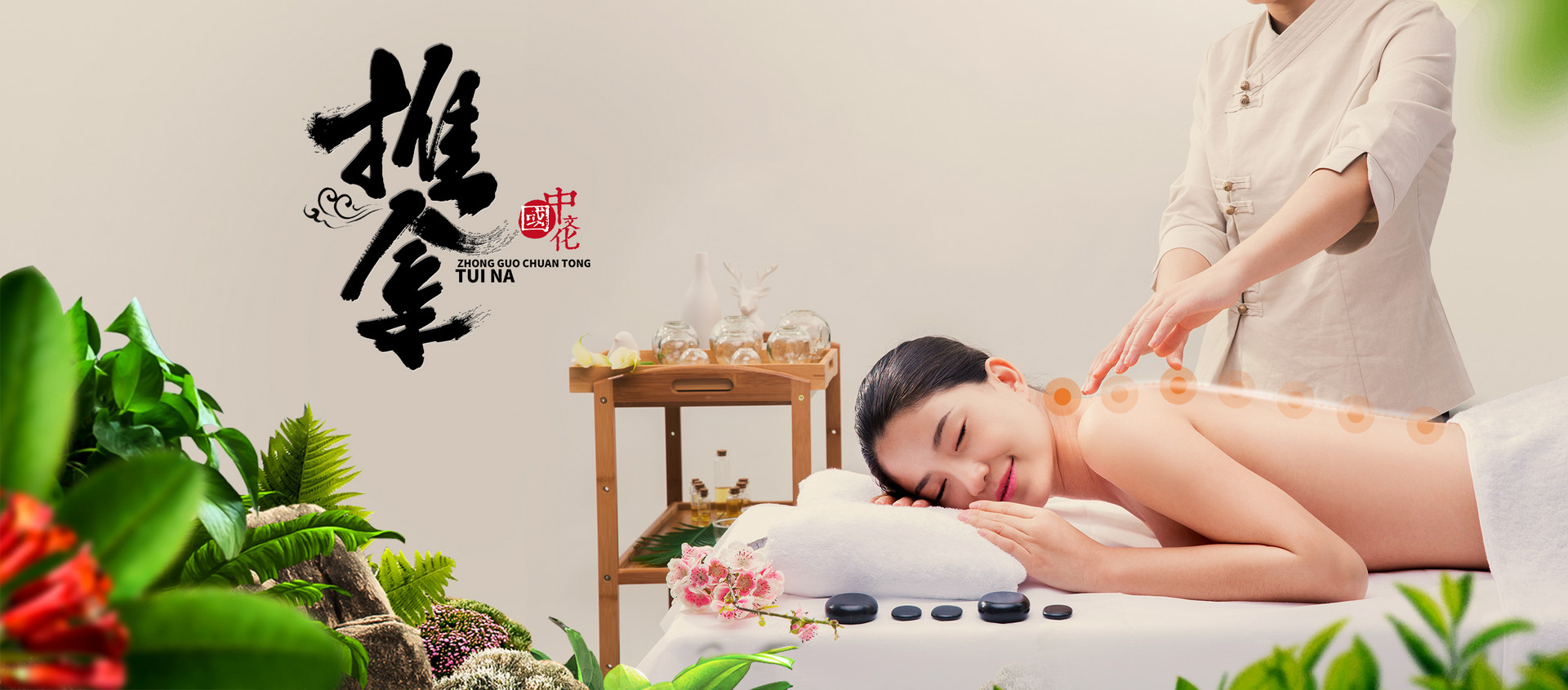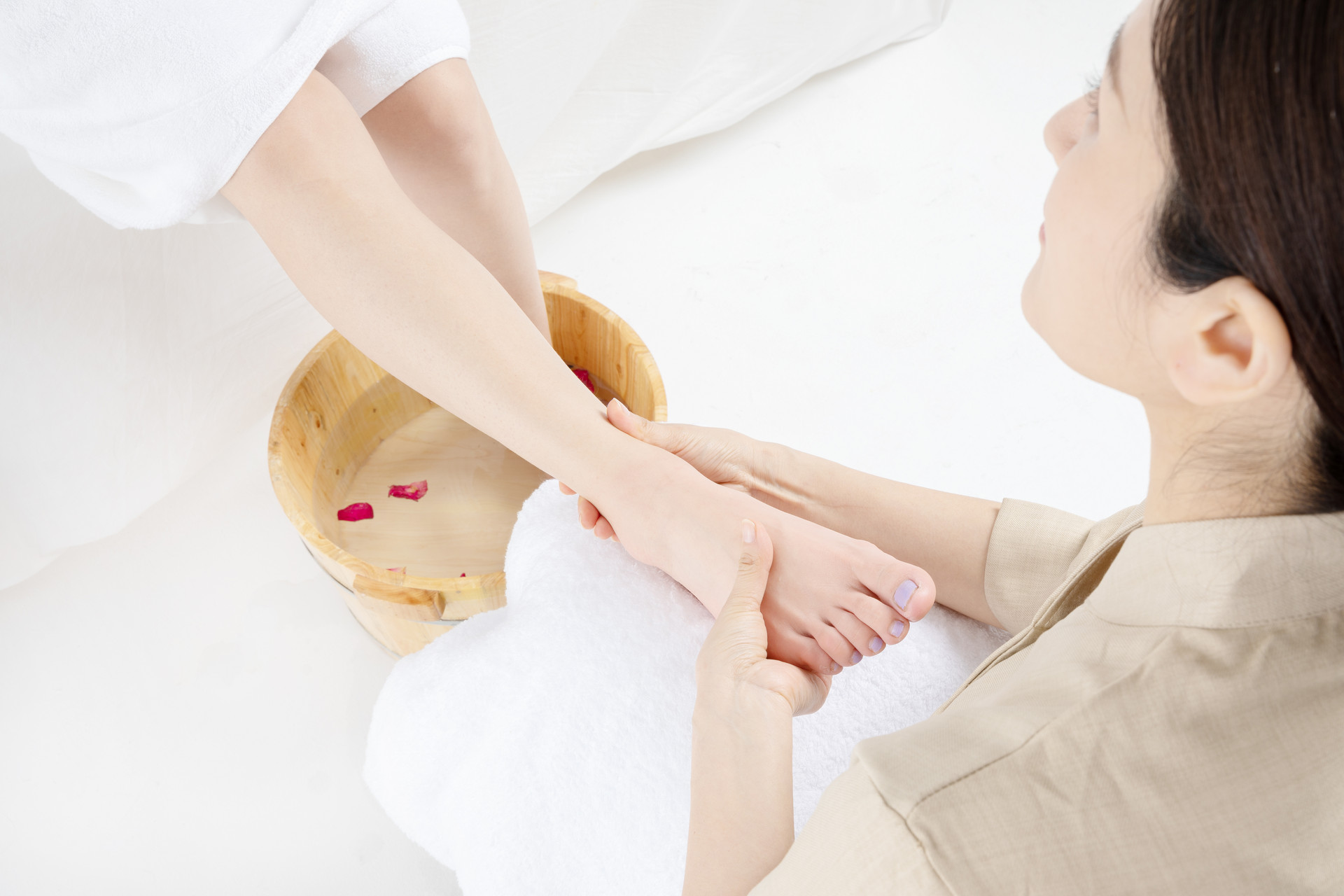Meridian tapping is a technique that involves tapping along the meridians to clear the pathways, treat, and prevent diseases. However, it is important to identify the constitution, nature of the disease, and the corresponding relationship between the disease and the meridians before tapping. The following are the routes and main functions of the twelve meridians and the Governor Vessel.
(1) Lung Meridian
1. Surface route
Starting from the upper outer part of the chest wall, it descends along the inner side of the upper limb to the radial side of the thumb. The collateral branches from the back of the wrist to the radial side of the index finger, connecting with the Large Intestine Meridian of the Hand Yangming.
2. Internal route
Originating from the Middle Jiao, it connects with the Large Intestine Meridian and then returns to the diaphragm, belonging to the lungs.
3. Main indications
Tapping the Lung Meridian can treat symptoms such as cough, shortness of breath, coughing up blood, chest fullness, abdominal distension, cold, stuffy nose, sore throat, pain along the inner edge of the arm, etc.
(2) Large Intestine Meridian
1. Surface route
Starting from the radial side of the index finger, it ascends along the outer side of the upper limb to the face, crossing the philtrum to the opposite side, and then connects with the Stomach Meridian of Foot Yangming beside the nostril.
2. Internal route
It connects with the lungs and belongs to the brain. The facial branches enter the lower gum and circle around the upper lip.
3. Main indications
Tapping the Large Intestine Meridian can treat symptoms such as abdominal pain, borborygmus, diarrhea, constipation, dysentery, sore throat, toothache, runny nose, and nosebleeds. It can also prevent and treat pain, swelling, numbness, and dysfunction along the route of this meridian.
(3) Stomach Meridian
1. Surface route
Starting beside the nostril, it ascends along the lower border of the eye socket, turns back and descends to the corner of the mouth, dividing into two branches—one goes up to the forehead and the other goes down along the front of the neck and chest, passing through the nipple, flanking the navel by two inches, descending along the anterior edge of the lower limb, and stopping at the lateral side of the second toe. The branches at the shin extend from three inches below the knee to the lateral side of the middle toe, and the branches at the instep extend from the dorsum of the foot to the medial side of the big toe, connecting with the Spleen Meridian of Foot Taiyin.
2. Internal route
It belongs to the stomach and connects with the spleen. It enters the upper gum.
3. Main indications
Tapping the Stomach Meridian can prevent and treat symptoms such as borborygmus, abdominal distension, edema, stomach pain, vomiting, good appetite but still feeling hungry, thirst, nosebleeds, sore throat, fever, madness, and diseases along the chest and knee.
(4) Spleen Meridian
1. Surface route
Starting from the medial side of the big toe, it runs along the medial side of the foot, the posterior edge of the lower leg, and crosses with the Liver Meridian of Foot Jueyin in front of the medial malleolus, ascending along the anterior edge of the lower leg and thigh, passing through the abdomen (4 inches beside the midline) and chest (6 inches beside the midline), and stopping at the sixth intercostal space below the knee.
2. Internal route
It belongs to the spleen, connects with the stomach, passes through the pharynx, and spreads to the tongue. The branches connect with the diaphragm and enter the heart, connecting with the Heart Meridian of Hand Shaoyin.
3. Main indications
Tapping the Spleen Meridian can prevent and treat symptoms such as stomach pain, belching, nausea, bloating, weakness, feeling heavy, pain at the base of the tongue, and various spleen and stomach diseases, gynecological diseases, anterior genital diseases, swelling along the medial side of the lower limb, and coldness.
(5) Heart Meridian
1. Surface route
Starting from the armpit, it descends along the inner side of the upper limb, passes through the posterior edge of the palm, and connects with the Small Intestine Meridian of Hand Taiyang at the radial side of the little finger.
2. Internal route
Originating from the heart, it belongs to the cardiac system, connects with the small intestine, and has branches that pass through the pharynx and connect with the ocular system.
3. Main indications
Tapping the Heart Meridian can prevent and treat symptoms such as chest pain, dry throat, thirst, yellowing of the eyes, side pain, warm palms, and pain along the inner side of the upper arm.
(6) Small Intestine Meridian
1. Surface route
Starting from the ulnar side of the little finger, it runs along the posterior edge of the outer side of the upper limb, passes through the shoulder, surrounds the scapula, ascends to the face, and crosses outside the eye to the anterior earlobe. The branches extend from the cheek to the inner corner of the eye, connecting with the Bladder Meridian of Foot Taiyang.
2. Internal route
It connects with the heart and belongs to the small intestine.
3. Main indications
Tapping the Small Intestine Meridian can prevent and treat symptoms such as lower abdominal pain, lumbar traction pain, testicular pain, deafness, yellowing of the eyes, cheek swelling, sore throat, and pain along the outer side of the shoulder and arm.
(7) Bladder Meridian
1. Surface route
Starting from the inner corner of the eye, it ascends to the forehead, runs along the top of the head, flanks the Du Meridian, divides into two branches, runs 1.5 inches and 3 inches beside the spine, descends along the back of the thigh, and converges at











